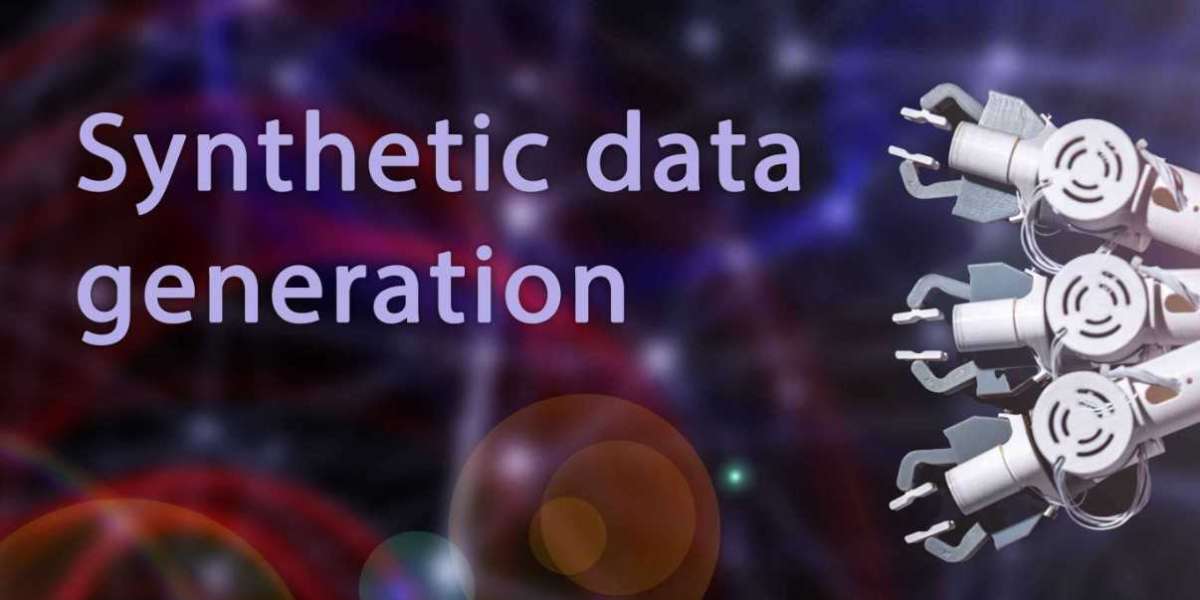In the rapidly evolving landscape of data science, the demand for high-quality data has never been greater. However, obtaining real-world data can be challenging due to various constraints such as privacy concerns, data availability, and cost. This is where synthetic data generation comes into play. In this article, we will explore the significance of synthetic data generation, its applications, and why it has become a crucial tool for data scientists worldwide.
What is Synthetic Data Generation?
Synthetic data generation involves creating artificial data that mimics the statistical properties of real data. Unlike real data, which is collected from actual observations, synthetic data is generated using algorithms and models. These algorithms replicate the structure and patterns of real data without containing any personally identifiable information (PII).
How Does Synthetic Data Generation Work?
There are various techniques used for synthetic data generation, including:
1. Generative Adversarial Networks (GANs):
- GANs consist of two neural networks, a generator and a discriminator, which are trained simultaneously.
- The generator creates synthetic data, while the discriminator tries to differentiate between real and synthetic data.
- Through this adversarial process, the generator improves its ability to create data that is indistinguishable from real data.
2. Variational Autoencoders (VAEs):
- VAEs are another popular technique for synthetic data generation.
- They work by encoding input data into a lower-dimensional space and then decoding it back into the original space.
- By sampling from the latent space, VAEs can generate new data points that resemble the original data.
3. Monte Carlo Simulation:
- Monte Carlo simulation is a statistical technique that uses random sampling to predict outcomes.
- It can be used to generate synthetic data by sampling from known probability distributions.
- While less sophisticated than GANs and VAEs, Monte Carlo simulation is often used for simpler data generation tasks.
Applications of Synthetic Data Generation
Synthetic data generation has a wide range of applications across various industries, including:
1. Healthcare:
- In healthcare, synthetic data can be used to train machine learning models without compromising patient privacy.
- For example, synthetic medical images can be generated to train image recognition algorithms for diagnostic purposes.
2. Finance:
- In finance, synthetic data can be used to simulate market conditions and test trading strategies.
- Synthetic financial transactions can also be generated to detect fraudulent activity without using real financial data.
3. Retail:
- In retail, synthetic data can be used to predict customer behavior and optimize marketing strategies.
- Synthetic sales data can also be generated to forecast demand and manage inventory more effectively.
4. Manufacturing:
- In manufacturing, synthetic data can be used to optimize production processes and detect equipment failures.
- Synthetic sensor data can also be generated to monitor the performance of machinery and predict maintenance needs.
Benefits of Synthetic Data Generation
The use of synthetic data offers several key benefits:
1. Privacy Preservation:
- Since synthetic data does not contain any real-world information, it can be freely shared and used without concerns about privacy or data protection regulations.
2. Cost-Effectiveness:
- Generating synthetic data is often cheaper and faster than collecting real-world data, especially for large-scale datasets.
3. Data Augmentation:
- Synthetic data can be used to augment real-world datasets, making them larger and more diverse.
- This can improve the performance of machine learning models, especially when real data is scarce.
4. Risk-Free Testing:
- Synthetic data allows data scientists to test and validate algorithms without risking the integrity or security of real data.
Challenges and Limitations
While synthetic data generation offers many benefits, it also comes with its own set of challenges and limitations:
1. Lack of Realism:
- Synthetic data may not accurately capture the complexity and variability of real-world data, leading to biased or unrealistic results.
2. Overfitting:
- Machine learning models trained on synthetic data may not generalize well to real-world data, leading to overfitting.
3. Domain-Specificity:
- Generating realistic synthetic data often requires a deep understanding of the underlying domain, which may not always be available.
Conclusion
In conclusion, synthetic data generation is a powerful tool for data scientists, offering a cost-effective and privacy-preserving alternative to real-world data. By using sophisticated algorithms and techniques such as GANs and VAEs, data scientists can generate synthetic data that closely resembles real data, enabling them to train and test machine learning models more effectively. While synthetic data generation is not without its challenges, its potential to revolutionize the field of data science is undeniable.



